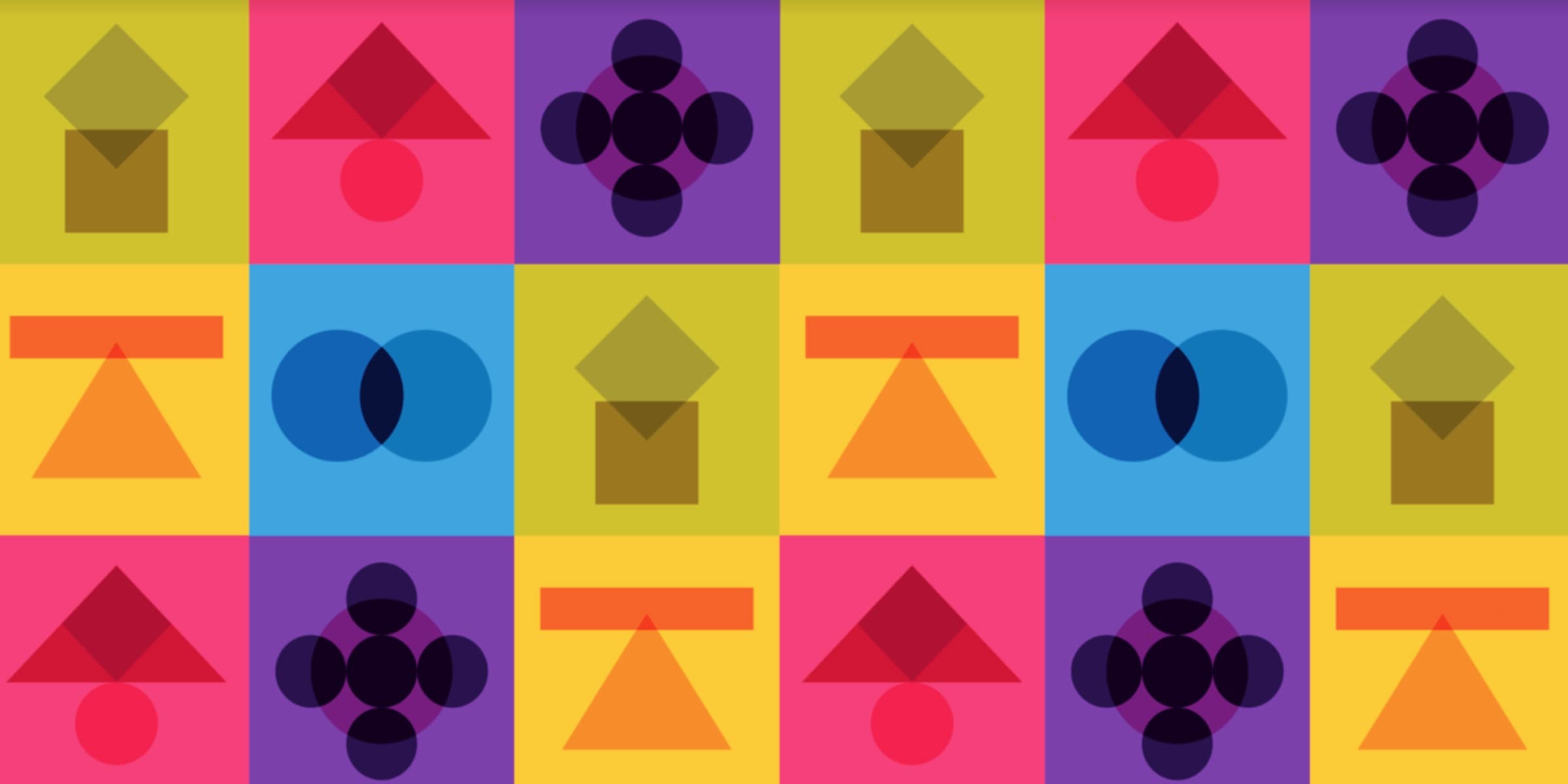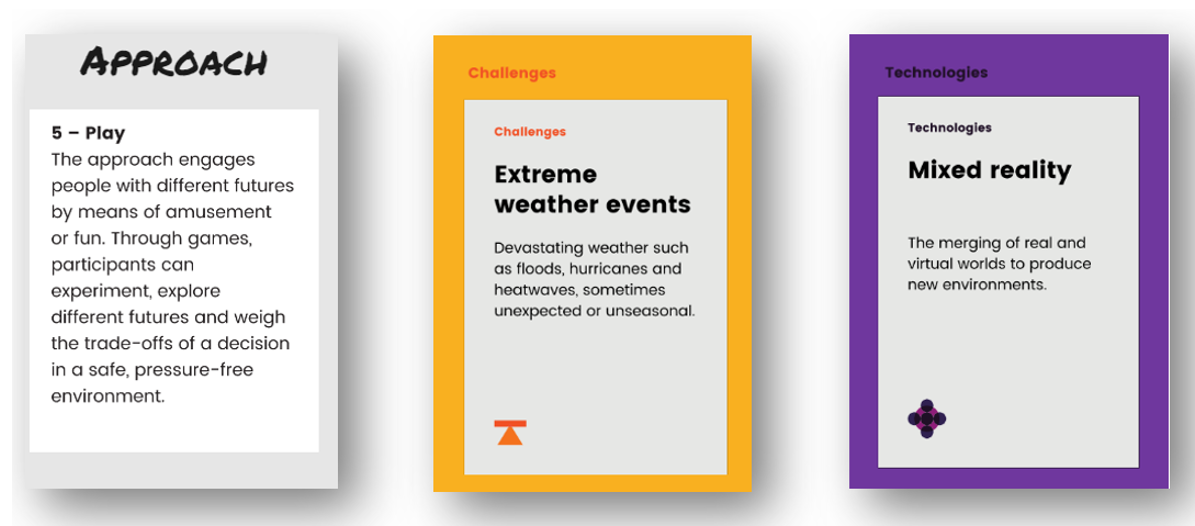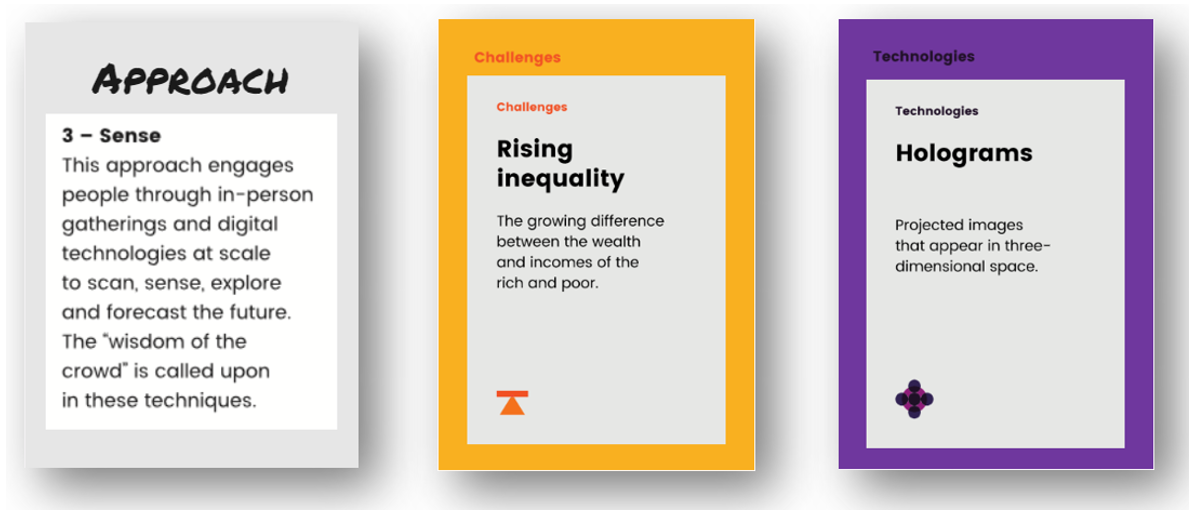Exploring Our Futures, Today.
Exploring Our Futures, Today.
February 23, 2021
Remember that time in 8th grade, futures thinking class to be precise, when your teacher asked you to imagine your life in 2021? Yeah, me neither. Could I have anticipated that in 20 years self-driving cars would navigate our highways? Unlikely. What if, however, I asked you to recall something about your 8th grade history class? No problem. We composed a rap song about the Industrial Revolution to the tune of The Fresh Prince of Bel-Air, but that’s another story.
But what if there had been a subject called Futures Thinking? No, not with a crystal ball, but one in which your teacher challenged your current reality and your existing mental model by guiding you through a systemic approach to explore an alternate future? Might you then have been able to conjure up the experience of a self-driving car? Possibly.
What Is Futures Thinking, Anyway?
Futures thinking, futures studies, futurism, futurology. The study of the future is not new, but it is certainly here to stay. But just what is it? While futures thinking (or “futures” for short) isn’t an academic discipline, per say, it is widely agreed upon as a method or approach to think about the future in a structured way. Rather than considering what will happen, futures thinking encourages you to think about what could happen. We know that the future cannot be predicted; however, by systematically considering possible future scenarios, we gain perspective on dealing with present-day situations.
But wait, aren’t we always thinking about the future? Take, for example, saving for retirement. The very act of setting money aside means that we are thinking about and planning for the future, correct? I posed this question to John Sweeney, cofounder of Participatory Futures Global Swarm. His short answer: Well, yes. So, what’s the difference between futures thinking and simply planning for the future? The real challenge, he explained, is that “our biology works against us.” “We aren’t necessarily great at thinking about the future because it just so happens that the parts of our brains that light up when we are asked about the future are the parts associated with episodic memory.” This means that we are subconsciously processing the future through the lens of past experiences. According to Sweeney, while learning from past experiences does have its benefits, this way of thinking leads to planning for the next crisis based on the last one. “This obviously limits our opportunity to leverage imagination and to think differently.”
Why Is It Important?
What’s so important about thinking differently, anyway? Let’s consider our current reality, which isn’t exactly easy to ignore: a rapidly escalating climate crisis, rising inequality, millions of people slipping back into poverty amidst COVID-19. It’s hard not to be consumed by these challenges, let alone fix them. It sounds insuperable (it’s why the Accelerator Labs were created in the first place). These are what are known as 21st century challenges. They could benefit from thinking differently. Jamais Cascio from the Institute of the Future explains, “In order to confront these problems successfully, we have to think carefully about the implications and results of the steps we might take, not just in the immediate moment but as conditions continue to evolve.” Futures thinking does just that, “puts the problems we face today and the solutions we might try in a larger context.”
Putting Futures Thinking into Practice
Great. So, what does this actually look like? “The aim is to build a practice that we can use every day that allows us to be better at dealing with emergent crisis but also prepare for the long term,” says Sweeney. He likes to use brushing your teeth as a metaphor: “It’s something we do every day. Although we might not consciously be thinking that we are preventing gingivitis 20 years from now, “we’re still planning for the future.”
As Accelerator Labs, how can we prevent gingivitis - I mean, build a practice into our present-day scenario to help us prepare for 21st century development challenges? One such approach is what is known as “participatory futures,” which refers to a series of methods inviting citizens to explore the future to influence action in the present.
Now, while participatory futures isn’t futures thinking, per say, let’s think of it as the intersection between futures thinking and public engagement. This amalgamation addresses the need to improve decision making to account for future generations, rebuild trust in institutions, build resilience to deal with uncertainty, and create an inclusive future where new technologies are shared.
Playing Our Futures Game
Speaking of technology, let’s look at a concrete example that puts participatory futures into practice. Enter “Our Futures” game. The first time I was exposed to the game, it blew my mind. After an initial explanation of the game, I found myself in a discussion about the use of mind-machine interfaces (allowing people to communicate with machines by thought alone) to address rising inequality with participants on three separate continents. The end result? We had created an immersive virtual environment whereby citizens from impoverished rural areas were actively participating in politics. This exercise illustrated how participants could be included in policy initiatives they otherwise would been excluded from. Mind blown.
Now, before you get excited, while I too would like to implement mind-machine interfaces locally, Our Futures is not a game about creating scenarios for the future or forecasting the future. Rather, it’s about designing processes and approaches that help people think about the future.
This is how it works: In the basic version of the game, participants are dealt three cards. The first card is your approach, meaning, how will I experience this future scenario? Participants have five options: play, immerse, sense, create, or deliberate. The second card is your challenge card, be it poverty, extreme weather events or pandemics. The list of global challenges is extensive.
Your final card is a technology card, and here’s where things get exciting. Think smart tattoos (tattoos with built-in digital technologies for purposes like monitoring health or storing personal data), gene editing (editing DNA sequences to eradicate diseases) or maybe even drone swarms. I know, what’s a drone swarm, right? Before you discard it as an improbable future sci-fi scenario, consider this: The U.S. Army is developing this technology to protect combat helicopters – think of a swarm of bees protecting their queen. Thus, with an approach, a challenge, and a technology card, Our Futures participants are invited to confront, converse, ideate, and prototype solutions about their futures.
Here's what it looks like:
Introducing Our Futures to UNDP
Just like learning a new language or learning how to play an instrument, learning participatory futures methods is no different; it requires practice and dedication. With the support of Global Swarm and the global network of the Accelerator Labs, Panama’s UNDP Accelerator Lab introduced and played Our Futures game as part of its official launch event. With a diversity of participants from civil society organizations, United Nations agencies, government, and the private sector, here are a few participatory futures our players designed.
Players’ Hand: Approach Card: Play; Challenge Card: Climate Change; Technology Card: Mixed Reality
This group designed a game where the impact of their daily choices on climate change would be visualized in their surroundings by a mixed reality scene. For example, if I threw a sheet of paper into the trash instead of recycling it, a desolate scene would appear whereby a tree was being cut down; or alternatively, if I chose to buy wood with a sustainable source certification, a mixed reality scene of a tree being planted would appear. Their argument considers that people might make more conscientious choices if they are exposed to the consequence of their actions, immediately, by being able to witness it.
Players’ Hand: Approach Card: Sense; Challenge Card: Rising Inequality; Technology Card: Holograms
In order to explore rising inequality in the country, this team used holograms to engage people. Through holograms, they chose to place decisionmakers directly into impoverished neighborhoods to conduct sensemaking workshops, rather than in hotels conference rooms or congressional halls, which is often the case. During their brainstorming session, they envisioned an environment with floating 3D graphics “data guy” style, as well as simulations of time-based currency, where the currency would appear as a hologram embedded in your forearm. They reasoned that decisionmakers would be strongly inclined to create more equitable programs and policies if they could do so while experiencing a simulated environment projecting rising inequalities.
What Did We Learn?
It’s challenging to design participatory futures. Full stop. Not only is it difficult to process the future without using the lens of our past experiences, but it’s tough to think about something that doesn’t yet exist, even when guided. But most importantly? Even if the scenario being created doesn’t seem plausible, your mind seems to divert and imagine ways you could work towards a desired outcome, in the present. What we can do, now, is start working towards the next best thing. While it might not be through mind-machine interfaces or a mixed reality scene, every experience has a lesson. For the mixed reality group addressing extreme weather events, it’s that our choices do indeed matter. For the hologram group addressing rising inequality, collective and inclusive decision making is necessary, not optional, in creating more equitable policies.
I Want to Implement Our Futures Game
So, you think you’re ready? If you’re eager to implement Our Futures game in a local context, Panama’s Accelerator Lab recommends participating in a workshop first. It’s a perfect way to get your feet wet and even interact with other futures-literate participants and professionals that can guide the process. Follow any of the following organizations to stay abreast of potential events happening in the near future (no pun intended) Journal of Futures Studies , Participatory Futures, and Action Foresight. Next, we suggest moving onto the facilitation stage which allows you to understand the game further as you guide participants. And finally, be sure to bring others along as you build a community that supports long-term goals towards building desirable futures. After all, as UNESCO Chair for Futures Literacy, Loes Damhof, says, “If everybody uses the future, everybody anticipates.” Once you have acquired the capability, it’s “hard to not see different futures and to only focus on one.”
Like reading and writing, she says, “It’s impossible to imagine what your life was like before.”
Happy futuring!
###
Additional Resources
In addition to the core literature behind Our Futures game and previously mentioned organizations throughout the article, there are a number of other organizations with plenty of information to satiate even the most curious futures thinker, including:, World Future Society, World Futures Studies Federation, Institute for the Future, and the Millennium Project.
Lea este blog en español aquí
--- content ---

 Locations
Locations







